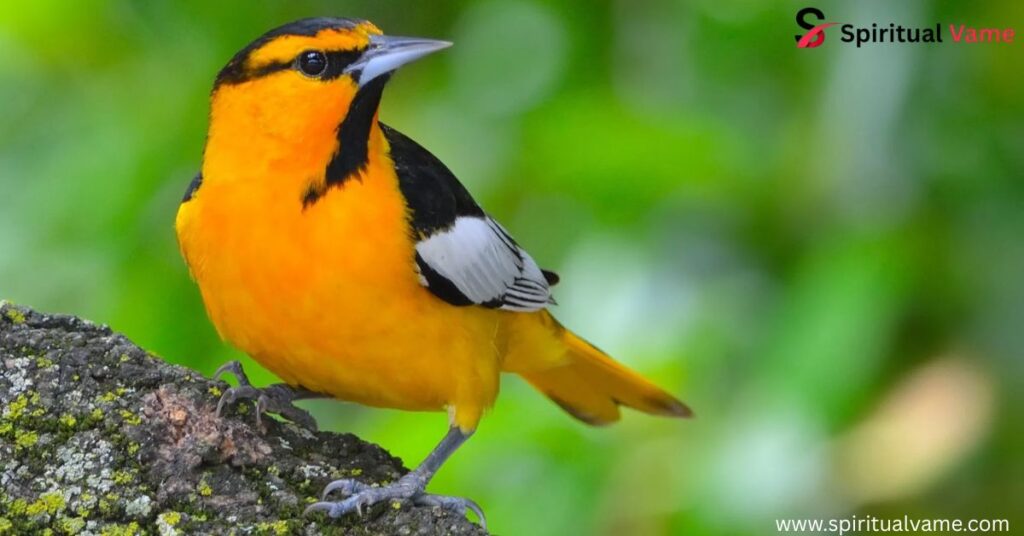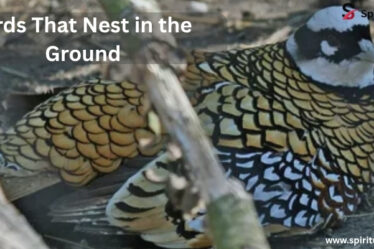
Arizona is home to some of the most bright and eye-catching birds in the United States. With its wide variety of habitats—from dry deserts and open grasslands to green riparian zones and forests—this southwestern state offers the perfect stage for yellow birds in Arizona to shine. Whether you are hiking through cactus-filled trails or strolling along cottonwood-lined streams, you might spot a warbler, oriole, finch, or even a rare chat fluttering by. These birds not only brighten the landscape with their brilliant plumage, but they also fill the air with cheerful songs, calls, and chirps that signal the seasons.
Birdwatchers, nature lovers, and even casual hikers often pause to admire these avian gems. Many of these species are migratory, stopping by during spring and fall, while others are resident birds that stay year-round. The brilliant yellows, sometimes mixed with black, olive, gray, or even orange, serve many purposes—from attracting mates to blending into sunlit foliage. If you’re exploring Arizona and love spotting songbirds, this guide will help you identify and understand the most popular yellow birds found across the state.
Famous Yellow Birds in Arizona
Arizona hosts a surprising variety of yellow birds, and many of them are truly unforgettable. Some fly through during migration, while others build nests in the local thickets, canopies, or even backyard shrubs. These birds are part of different families, such as the warbler, oriole, finch, and grosbeak, each with unique behaviors, songs, and colors. Many have detailed patterns—like streaks, stripes, or masks—along with sweet, melodic trills that ring out at dawn.
Because of Arizona’s mix of shrublands, wetlands, and open woodlands, birders can expect to find both eastern and western varieties here. You’ll find Yellow Warblers near streams, Verdins in desert scrub, and Western Tanagers hiding in pine trees. Each one adds to the diversity of Arizona’s passerine population and provides an exciting experience for observation and identification. Whether you’re looking to complete a checklist, learn their taxonomy, or simply enjoy their song patterns, these birds offer something for everyone.
18 Most Yellow birds in Arizona
1. Yellow Warbler (Setophaga petechia)
This small songbird is one of the most abundant and easiest to recognize thanks to its bright yellow body and rusty streaks on the chest. Found in riparian areas with willows and cottonwoods, the Yellow Warbler is a migratory species that visits during spring and summer to breed. Its sweet melody and active foraging behavior make it a favorite among birders.
2. Common Yellowthroat (Geothlypis trichas)

Recognizable by its olive back and bold black mask, the Common Yellowthroat is often found in marshes, wet fields, and dense shrubs. It’s a warbler that enjoys hopping through low foliage, searching for insects. Though small, its call is loud and distinctive, often described as “wichity-wichity-wich.”
3. Western Tanager (Piranga ludoviciana)
With a red head and lemon-yellow body, the Western Tanager stands out against the dark conifers of Arizona’s forests. Though it’s technically not a warbler, this tanager behaves like one. They eat insects during the breeding season and add berries and nectar to their diet during migration.
4. Townsend’s Warbler (Setophaga townsendi)
The Townsend’s Warbler features a bold black-and-yellow face pattern with white wingbars and is usually seen high in the canopy of mixed forests. These migratory birds breed farther north but stop in Arizona during their journeys. Their vocalizations include quick, high-pitched songs.
5. Bullock’s Oriole (Icterus bullockii)
This vibrant oriole has a flaming orange-yellow body with black on its head and wings. The Bullock’s Oriole builds hanging nests in tall trees like sycamores and cottonwoods. Their vocalization is a musical mix of whistles and chatters, and they often forage for insects, nectar, and fruit.
6. Black-throated Green Warbler (Setophaga virens)
Not common, but occasionally spotted in Arizona, this warbler is greenish-yellow with a bold black throat. It prefers forested habitats and feeds on caterpillars and other small insects. Their songs are soft and buzzy, adding a rare charm to any birding day.
7. Yellow-breasted Chat (Icteria virens):
The largest of the warblers, the Yellow-breasted Chat is hard to miss with its bright yellow chest and varied vocalizations, including whistles, clicks, and even mimicry. It lives in dense shrubs and thickets and is more often heard than seen.
8. Cape May Warbler (Setophaga tigrina)
Rare but striking, this warbler has a yellow face with tiger-like streaks and a chestnut cheek patch. It prefers coniferous forests and feeds heavily on insects and nectar, especially during migration.
9. Lesser Goldfinch (Spinus psaltria)
This small finch is common in Arizona and has a black cap, olive back, and yellow belly. The Lesser Goldfinch feeds on thistle, sunflower, and other seeds. Its cheerful song can be heard in urban gardens, desert scrub, and riparian corridors.
10. Evening Grosbeak (Hesperiphona vespertina)
This large grosbeak sports a chunky beak, yellow body, and bold black wings with white patches. The Evening Grosbeak may visit Arizona in winter, especially in mountainous areas. They are known for their powerful seed-cracking skills.
11. Western Meadowlark (Sturnella neglecta)
Often seen perched on fenceposts, this meadowlark sings a flute-like melody and has a yellow belly marked with a black “V.” Found in open grasslands, the Western Meadowlark feeds on beetles, ants, and spiders.
12. MacGillivray’s Warbler (Geothlypis tolmiei)
This shy warbler has a gray hood, white eye arcs, and yellow belly. It favors dense understory and moist areas with shrubs. Its song pattern includes sharp chips and trills, making it tricky to spot but easy to hear.
13. American Goldfinch (Spinus tristis)

Brilliant yellow in summer, this finch molts to a duller olive color in winter. The American Goldfinch loves seeds—especially thistle—and can be found flitting among shrubs, fields, and backyards.
14. Scott’s Oriole (Icterus parisorum)
This oriole is found in desert habitats, especially near yucca plants where it nests. With a black head and bright yellow body, the Scott’s Oriole stands out in dry landscapes. Its whistled song carries across wide spaces.
15. Verdin (Auriparus flaviceps)
A tiny desert songbird, the Verdin has a yellow head, gray body, and red shoulder patch. It’s common in shrubs and builds cozy nests from twigs and feathers. They feed on spiders, beetles, and nectar.
16. Hooded Warbler (Setophaga citrina)
With a deep black hood and vibrant yellow body, the Hooded Warbler is striking and easy to identify. Though rare in Arizona, they may appear during migration, especially in moist, wooded areas.
17. Couch’s Kingbird (Tyrannus couchii)
This kingbird has a lemon belly, gray back, and large beak. Found mostly in the southern parts of Arizona, they perch in open areas and dart out to catch flying insects in midair. Their call is sharp and buzzy.
18. Hooded Oriole (Icterus cucullatus)
With a long curved beak and bright orange-yellow body, the Hooded Oriole nests in palm trees. Common in urban areas, they sip nectar and enjoy fruit. Their vocalizations are chattering and musical.
Birdwatching Tips for Observing Yellow Birds in Arizona

The best times to see yellow birds in Arizona are during spring and fall migration, when migratory species pass through in large numbers. Visit areas with water like riparian zones, wetlands, or even well-watered parks. Early morning is prime birding time since many birds are most active at dawn. Look closely in shrubs, along tree branches, and near flowers where nectarivores feed.
Bring a good pair of binoculars, a regional field guide, and maybe a birding app that can help you recognize songs and calls. Dress in earth tones and stay quiet so birds don’t get scared off. Remember, patience is key. With enough time and luck, you’ll spot some of Arizona’s most beautiful yellow birds, each bringing a bit of sunshine to your day.
Conclusion
Ducks of Arizona are a beautiful part of the state’s wildlife. You can see them in lakes, rivers, wetlands, and ponds across the region. From colorful males to shy females, the ducks of Arizona come in many shapes and sizes. Their habits, sounds, and colors make birdwatching more fun and rewarding for everyone.
Whether you’re new to birding or a seasoned watcher, the ducks of Arizona will amaze you. Many ducks of Arizona visit during winter, while others stay all year. Learning about the ducks of Arizona helps protect them and their homes. So grab your binoculars and enjoy the peaceful charm of the ducks of Arizona.



